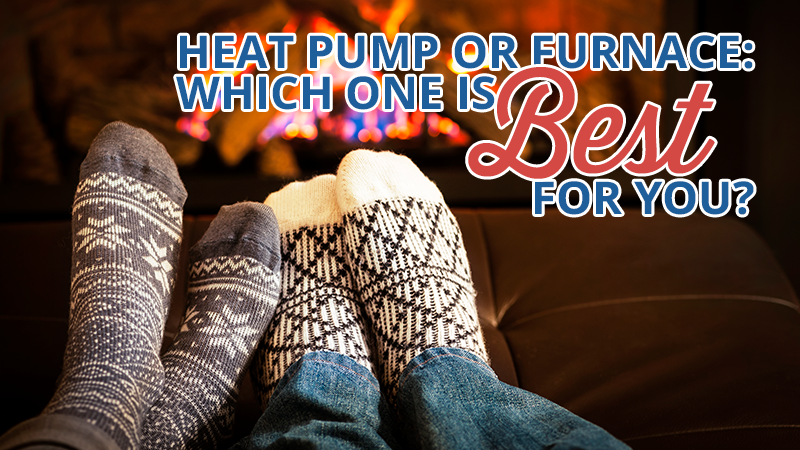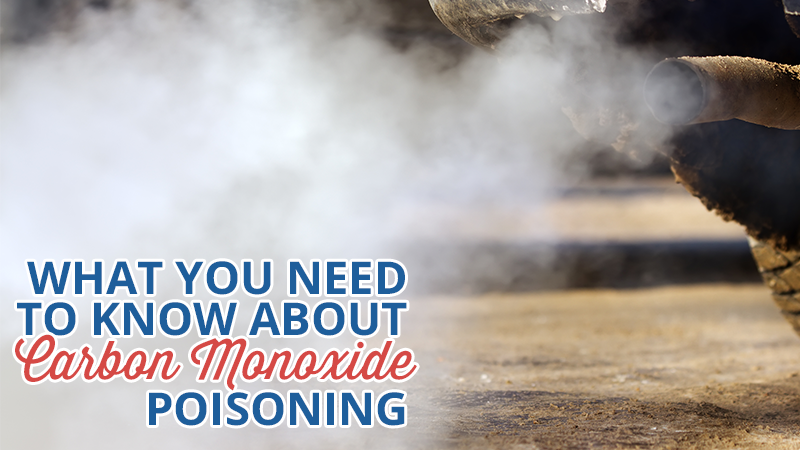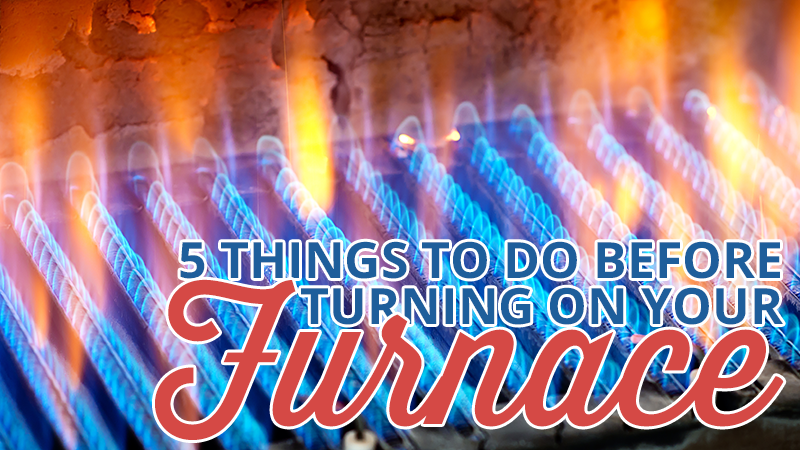
by RevContent | Jan 14, 2016 | Furnace, HVAC Contractor
Keeping your home toasty warm in the winter is serious business, and you want to be sure you’re getting the very best heating option for your particular circumstances. The two key types of heating sources prevalent in America today are a heat pump and a furnace. While both options are excellent for different reasons, depending on your needs, one is bound to jump out as the perfect solution for you. Type of Fuel and Efficiency Heat pumps are powered only by electricity while furnaces have a range of different options. If you live somewhere without easy access to natural gas, propane or fuel oil, and aren’t interested in chopping wood for a wood furnace, your only option is an electric heat pump. If you live in the city, you will definitely have more options. Heat pumps are much more energy efficient when compared to a gas fireplace. Where You Live Depending on the part of the country that you live in, one particular type of heating mechanism may be better than the other. Heat pumps are best for locations that have relatively mild winters as they can lose efficiency when the temps get too cold. Electric heat is not able to keep up with extremely cold weather, so a furnace is your best option if you’re high in the mountains or in the northern states. Safety While both heating options are quite safe, the heat pump has the added benefit of not producing carbon monoxide gases. Heat pumps don’t have any combustible parts either, unlike a furnace. Furthermore, the air quality may be better with a clean-running heat pump....

by RevContent | Oct 15, 2015 | Furnace, HVAC Contractor
Carbon monoxide (CO) poisoning is the number one cause of poisoning deaths in the U.S., claiming about 500 lives annually. Since the gas that causes it is colorless, odorless and tasteless, it’s a sneaky killer. Burning wood, gas, oil, charcoal or kerosene as fuel always produces some carbon monoxide. However, carbon monoxide is dangerous only in high concentrations. Common symptoms of carbon monoxide poisoning are headache, dizziness, vomiting, nausea, chest pain and impaired thinking. Learn how to keep you and your family safe from CO poisoning. What Makes Carbon Monoxide Deadly Carbon monoxide kills only when (1) faulty equipment causes incomplete fuel combustion, resulting in a build-up of carbon monoxide to unsafe levels and (2) the gas has nowhere to escape. Carbon monoxide poisoning occurs more often in homes than in commercial buildings because the latter have better air circulation than homes. People die of carbon monoxide poisoning because the gas displaces the oxygen in their cells. They become sleepy and never wake up. A number of appliances and situations around the home are potential sources of carbon monoxide poisoning: HVAC units, including furnaces and heat exchangers; gas stoves and ranges; wood-burning stoves; idling vehicles in closed garages; portable space heaters, stoves, grills and other unvented appliances; a gas stove used for heat rather than cooking; paint remover containing methylene chloride, which changes into carbon monoxide in the body; fireplaces; and small engines. How to Prevent Carbon Monoxide Poisoning Preparation, awareness and observation prevent CO poisoning. First, get a carbon monoxide detector. Make sure you get one that meets standards set by Underwriters Laboratory (UL) or International Approval Service (IAS). These approved alarms have an audible warning signal. Have an HVAC contractor...

by RevContent | Oct 1, 2015 | Furnace, HVAC Contractor
Your furnace has been out of commission since last winter, so it’s important to bring it up to speed before you start blasting the heat again. If you turn on your heating equipment without taking the proper precautions first, you could face blockages, gas or fluid leaks, unpleasant odors, indoor pollution and discomfort, excessively high energy bills, and even dangerous electrical hazards. Prevent these problems by making sure your furnace is in working order before winter arrives. Just follow these five steps and you will be good to go. 1. Schedule an HVAC Inspection Regular maintenance is the most effective way to avoid freezing nights, high energy bills and unnecessary furnace/AC repair expenses. Before you make the switch to heat, make sure an HVAC contractor checks out your furnace first. At Metro Comfort Systems, our technicians are trained to keep your system efficient by spotting problems early, maintaining the correct fluid levels, replacing filters and faulty parts and cleaning out loose debris and build-up. 2. Change Your Filter and Stock Up On Replacements Your indoor air quality depends on the condition of your filter, which traps dirt, dust, allergens and other pollutants before they reach your indoor spaces. Clogged filters also reduce the efficiency of your entire HVAC system. Start your winter with a fresh filter, and make sure you’re ready to replace it throughout the season. Your furnace filter should be checked monthly and replaced every one to three months. 3. Clear the Area Your HVAC contractor will remove any dust, sludge, or debris inside the furnace itself. However, interior buildup isn’t the only kind that decreases efficiency and...





Recent Comments